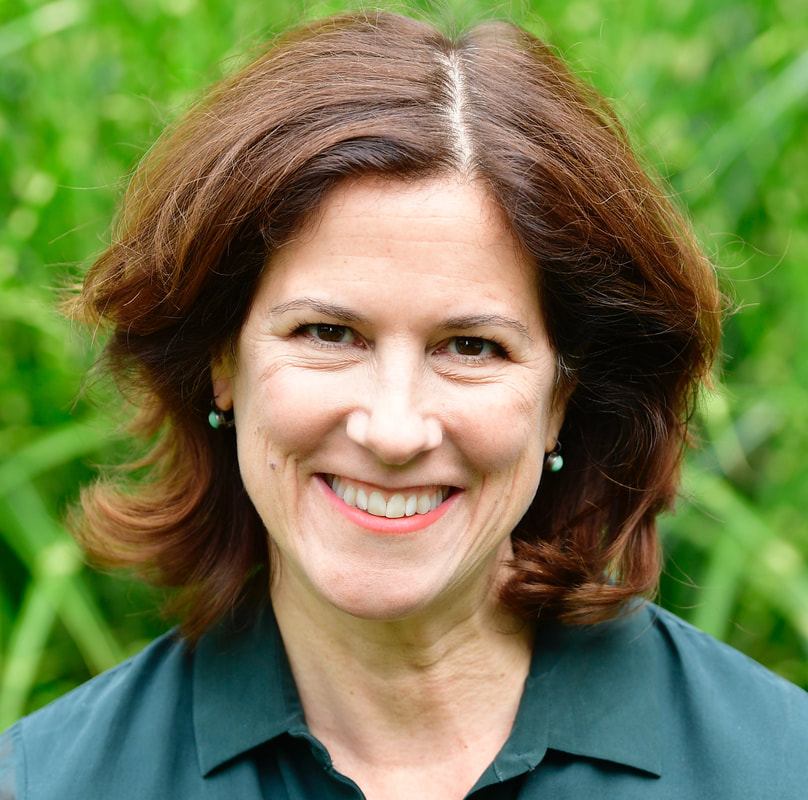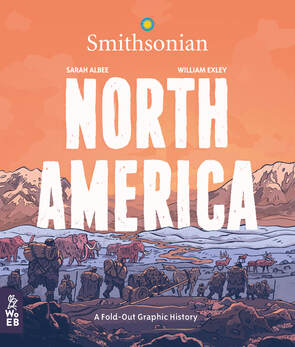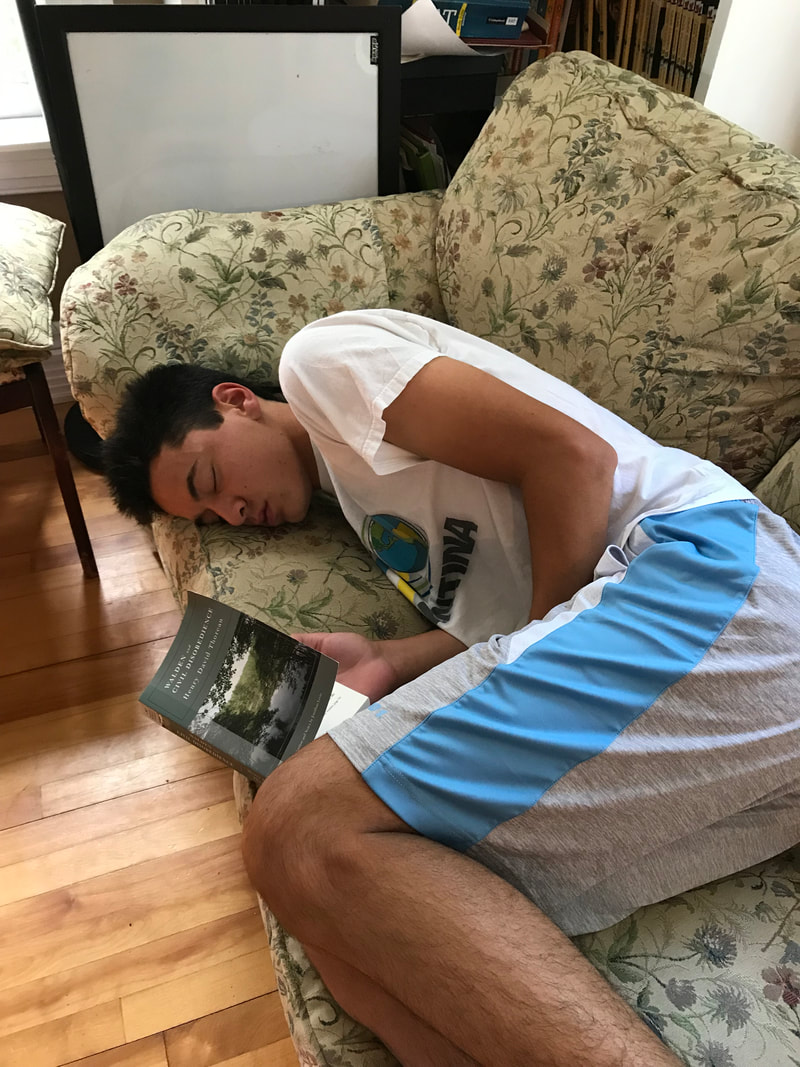|
On his 247th podcast episode, “The Top 6 Most Important Things My Creative Heroes Taught Me,” the first tip Andy J. Pizza, a.k.a. Andy J. Miller, tells his listeners is to get angry. At first, I thought to myself that tip doesn’t work for me. I’m a positive person that’s why I listen to this podcast. Then, Miller goes on to list several different creative people who find an emotional truth behind their anger and create from that space. I started to chuckle. Why? Well, it’s simple. I realized that I birthed my current writing project from a place of anger. My school’s drinking water isn’t safe. So, the administration turned off all of the water fountains and brought in water coolers. Guess what? Kids like to waste time at water coolers just as much as adults do, but children are much more creative than adults. Why stand around and chat at the cooler when you can amuse yourself in one of the following ways:
There’s a reason I mentioned the tower building twice. The fourth and fifth graders preferred this challenge. Since the water cooler is right outside our classroom, every time the cups tumbled down it interrupted our learning. As a teacher you know the situation is bad when the nine-year-old students are getting exasperated. “There they go again,” and head shaking became a common occurrence. When it came time to write our boot camp persuasive essay, I didn’t have to think twice about our topic. We came up with a thesis quickly: The disposable cups at Center School are bad for the environment, distract from learning, and are a waste of money. But I did have to find out how many cups we’d used and what we’d spent on the cups. In addition, I’d also have to get some facts about plastic in the environment so that we presented accurate information. I was horrified to find out that in the first twenty-four days of school, we’d ordered 24,400 cups. We have over six hundred students in my school. On average, each person in the building was using more than one cup a day. The cost of the cups, $940. We could have bought a brand new book for all eighty of our fourth graders with that money. My anger increased as I did the research and found out some startling facts about plastic in our environment.  When we asked this question live at our assembly, everyone raised their hand. We agreed 100% wasn't an accurate representation. This is a more honest representation, but I think it's still inflated. People want others to think they're making ethical choices, even if they're not actually making that choice. As I was doing the research for our class essay, the biblical verse, “All creatures great and small,” popped into my head. I knew it to be true. Plastic hurts sea creatures big and small is the repetitive phrase I’m using in my current manuscript. Another point Andy J. Pizza mentions in his podcast is that some people argue that anger is a secondary emotion, that it masks an underlying hurt, disappointment or sadness. Doing the research for this book is excruciating. Then, of course there is the underlying doubt that I face anytime I embark on a manuscript that requires a lot of research. The worry of whether or not all this time will ever amount in a physical book people can hold in their hands. I don’t have the answer to that question. What I do know is that doing this research has already changed my actions. It’s hard to find a plastic bag in my house now. My youngest son broke down and ordered a reusable lunch bag that looks like an old brown bag because a bag that looked like it was reusable would somehow ruin his nonchalant image. I’ve stopped using straws. How could I not after this video? Finally, I’ve stopped buying coffee unless I have a travel mug or water bottle with me.
The administration at my school is phenomenal. My assistant principal found out what we were writing about and asked our class to present at our October All School Meeting so that the kids could have a real audience for their work. Since I was working the slideshow, I couldn’t see the audience. But supposedly I wasn’t the only one surprised and horrified by these grim statistics. My principal was so impressed he’s printing out our slideshow, pasting it onto poster board, laminating it and wrapping the information around the water coolers. He mentioned including a picture of me scowling and pointing my finger as well but decided against it. I have a feeling many kids would have been sneaking Sharpies to the water cooler if he would have followed through with this idea. We called the school to action. Cups are no longer available at the water cooler outside my classroom. Students have to ask their teachers if they want a cup. Each classroom received a sign that says, “Save the Earth,” in bubble letters. For each day that ¾ of the students in each classroom bring a water bottle, the class gets to color in one letter. For fourth and fifth grade classes, they can also color in a letter each day that the teacher gives out five or fewer cups. When all classrooms have colored in their signs, we’re going to have a school wide ocean day. Students can come dressed as their favorite sea creature, wear ocean-themed pajamas, and teachers can choose to do ocean-themed activities for the day. What are you angry about? What can you create from that space? What can you do differently to make the world a better place?
0 Comments
More magic unexpectedly happened in my classroom during writing this week. Of course, all magic is unexpected. If the outcome were expected, it wouldn’t be magical. Instead, the occurrence would be structured and planned. One day I asked students to write about something that is hard for them. They brainstormed a list and chose one item to write about. At the end of the period, students shared out. One student wrote about how math was hard for her. She shared that she often didn’t understand it the first time the teacher introduced the concept, she didn’t finish it as quickly as the other students around her, and she often had to ask for help. The shaka sign shook the rug. Another student wrote that writing was hard for him. He shared that he often didn’t know what to write about, when he did write it was hard to decipher his handwriting, and he had a hard time writing more than a sentence or two. Once again the shaka sign upped the energy level in the room. The gift he gave me was when he shared that in fourth grade writing wasn’t as hard because he actually understood the point of it. I should have asked him what the point of it was, but recess was looming. I’ll have to follow up on that, not just because it might fill my bucket but because it might give me a window into what I need to replicate in future lessons. Anyway, it led me to thinking about what is hard for me. As a teacher, it’s hard to give up the structure of a five-paragraph persuasive essay. In the past when I’ve taught my students how to write a persuasive essay, they’ve all walked away with a beautifully structured paper. Since I’m following the lessons from Lucy Calkins’ Boxes and Bullets: Personal and Persuasive Essays, I’ve taken huge steps away from that structure. Perhaps the creators of the program would protest saying the structure is there, and they’re right. But it’s not the central focus. I have no idea what my students’ final products will look like, or if they’ll even have a final product. Later in the week, students expanded their writing by looking at a list of questions Calkins gives the students. The list included questions such as, “What is the feeling in this piece of writing?” and “What did your writing make you realize?” I presented the mini-lesson and then began conferencing with students. More Magic. One student looked back at a piece he had written about flushing his fish down the toilet. He said the feeling in the piece of writing was sadness. I replied that while I understood why he felt sad, that I didn’t feel his sadness in his writing. I asked him what sadness felt like for him and he replied, “My heart pounds, my stomach growls and tears run down my cheeks.” Needless to say when he added that description into his writing, it was much more powerful than it had been before. The other student looked back at a piece he had written about playing goalie and letting a goal score. He said he realized that he was too hard on himself. I followed up by asking, “In the soccer game?” and he responded in every area of his life. He expanded and said that no one could have stopped that goal. So, why was he expecting himself to do something impossible? Wow! If only I had that realization as a nine-year-old, I can’t imagine how my life would be different as would the life of my family members and students. As a writer, it’s hard for me to give up structure, too. After all, honing structure has been a very successful exercise for me. Books can’t get more structured than my first book 100 Bugs! A Counting Book. The rhyme is structured, the narrative arc is a ladder structure, and the subject matter, combinations of ten, has an inherent structure. But it’s not just once that structure has saved me. This summer I revised and honed two picture book manuscripts with a certain strategy. You guessed it… by improving the structure. In one manuscript, Chicks Rule Dogs Drool, the structure was too repetitive. Sarah Albee, a phenomenal writer who has released yet another amazing book North America: A Fold-out Graphic History, suggested I only use repetitive text every other spread. Of course there were other suggestions I followed as well, but that change greatly improved the story. In another manuscript, A Day at Home for Mickey McCafferty, a different critique group had many ideas about why the story wasn’t working. The version I brought to group had the main character interacting one-on-one with various family members throughout the day. Then in the climax, the whole family celebrated together. People said that they wanted to see the effect of the main character’s actions on each individual family member, not the family as a whole. Their comments made me think of A Sick Day for Amos McGee by Erin and Phillip Stead. In the first half of the exquisite book, A Sick Day for Amos McGee, Amos helps each animal individually. In the second half, each individual animal helps Amos. It’s a ladder structure. The readers see Amos interacting individually with each animal twice. I went back and used the same structure in A Day at Home for Mickey McCafferty and voila. What a difference. But as I’m learning in my classroom, structure isn’t always the answer and it’s only part of the picture. A writer I greatly admire, Rajani LaRocca, did me an incredible service and read the entire fourth draft of my middle grade novel manuscript, Origami Treasure. I had hoped she’d read it and say, “Send it out. It’s ready to go.” After all, that’s what my former agent and her assistant had said. Instead, Rajani did me a great favor and told me all the reasons why the novel was far from ready to submit. She had many criticisms, but to sum it up succinctly she said the novel was trying to do too many things. She’s right. The manuscript is trying to do too many things. One could argue that it means there are structural problems in the novel, but I don’t think that’s the real issue. What I’ve realized is that just like my student who wrote the flushing the fish down the toilet story, I need to hone in on the emotional resonance in my manuscript.
But the terrifying thing is, I don’t know how to do that. As far as I’m aware, honing in on emotional resonance isn’t something I can fix structurally, that would be the same as trying to plan magic. No, I’ll have to let go. I don’t know if the answer will come from my students, or on a run, or in the shower, or during my commute to work, or through another channel. One thing I do know is the answer will come on its own time, not when I plan on it coming. More magic. The hardest teaching task is parenting. The job is 24/7, you never get a vacation and it lasts for life. I’m constantly amazed how everyday it presents me with new challenges—which provide plenty of room for personal growth. My youngest son is a junior in high school. He has many talents: loves math, can pick up a writing implement and everyone knows what he’s drawn and has a pitch perfect voice… not that he’d ever let anyone in on that secret. However, reading and writing aren’t his go-to activities. Not even close. Yet somehow he has landed in Advanced Placement English which is like trying to watch a fish swim in a desert. You probably already figured out this is one of the many parenting mistakes I’ve made. In hindsight, I probably should have discouraged him from signing up for the course. But one of my character defects/strengths (depending on the situation) is that I’m always pushing myself and those around me. One of my former fourth grade students said, “Mom, after Mrs. Narita’s class, I’m ready for college.” Slight exaggeration, but you get the point. Fast forward to the beginning of October. In addition to the AP English course, he also plays almost every minute of every game for his varsity soccer team, which is really struggling this year. After each game, he’s extremely frustrated and exhausted, yet he usually has to come home and write a literary analysis paper. If you’re a children’s author reading this blog, maybe you’re envisioning he’s reading The Poet X by Elizabeth Acevedo or The Hate U Give by Angie Thomas or some other exquisitely crafted piece of young adult literature. Nope. He has to read titles such as Thoreau’s Walden Pond and Hermann Hesse’s Siddhartha. After reading the material (whatever parts he has read), he has to write an analysis. Sounds challenging, right? Well, it gets tougher. His teacher definitely has a theme for the course, and it’s not pro technology. Instead, the teacher’s supporting articles from current periodicals claim that technology has destroyed our ability to be alone, and that this inability to be by ourselves has grave consequences. What’s my son’s favorite activity? You guessed it, anything having to do with his iphone. If you’re a parent, you’re probably feeling pretty good about whatever schooling challenges you’re facing with your child or smiling or feeling a tiny bit of relief. Last Thursday, rain pelted his soccer team as they once again conceded a tie in the final minutes of the game. Then, he had to come home and write a literary analysis paper explaining why Thoreau ended Walden Pond in spring instead of winter to signify rebirth. Sounds scintillating, right? Then, it really got exciting. He had to tie in Siddhartha. Finally, I made him revise his paper based on his teacher’s comments from previous papers: no capitals in the middle of the sentence (for real), stay in the same tense, clarify vague words, tighten lengthy sentences. After an hour, I knew he was done. When we joined my husband who was watching the Packers’ game, I asked my son to recap the themes of the literature he had read so he could participate intelligbly in class. My husband, who has never read anything other than a scientific article from beginning to end yet has a PhD., caught on that my son could have done a more thorough job reading. Ironically, my husband asked, “How are you going to graduate from college?” My exhausted son, who will probably be an engineer someday replied, “I’m not gonna write no papers in college.” We looked at each other, burst into laughter and proceeded to watch the game. Obviously, nothing else could be accomplished that night. But as I drove to work the next day, I realized every day I ask my students to do at least one task that is as difficult for them to accomplish, as a literary analysis paper is for my youngest son. For some children, it’s not just one task a day, it’s several. Whether that task is writing a persuasive essay, solving a multistep math problem or inferring character traits is besides the point. The point is every day they’re pushing themselves, stretching themselves, stepping out of their comfort zone to achieve a goal they’ve never obtained before. And then, I make them do it again. And again. I’ve never felt such empathy for my students. It’s not that I didn’t know I have high expectations or that I push them to the limit, I knew that. But for the first time, I felt the exhaustion. For some students, coming to school each day is like asking them to run consecutive marathons five days a week. I’d be beside myself after running one marathon in a year, never mind 180!
How exactly will this newfound empathy make me a better teacher? I don’t know. But I do know that every time I embrace empathy, I’m better able to be of service to those around me. Happy writing, teaching and creating (and parenting)! |
Chalk + Ink ChatsWant to hang out with teachers who write and writers who teach? Fill this form to join our Archives
October 2023
Categories |



















